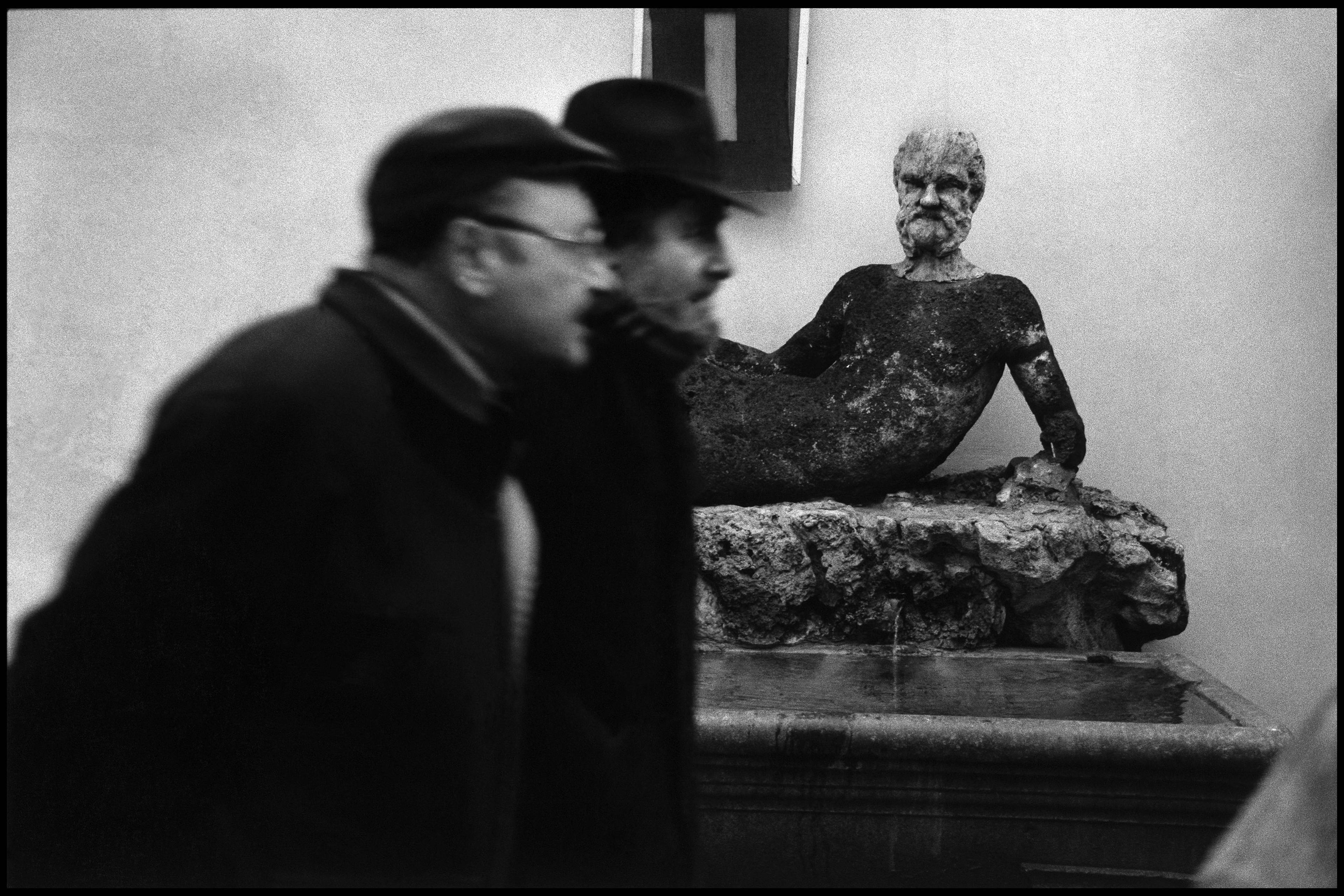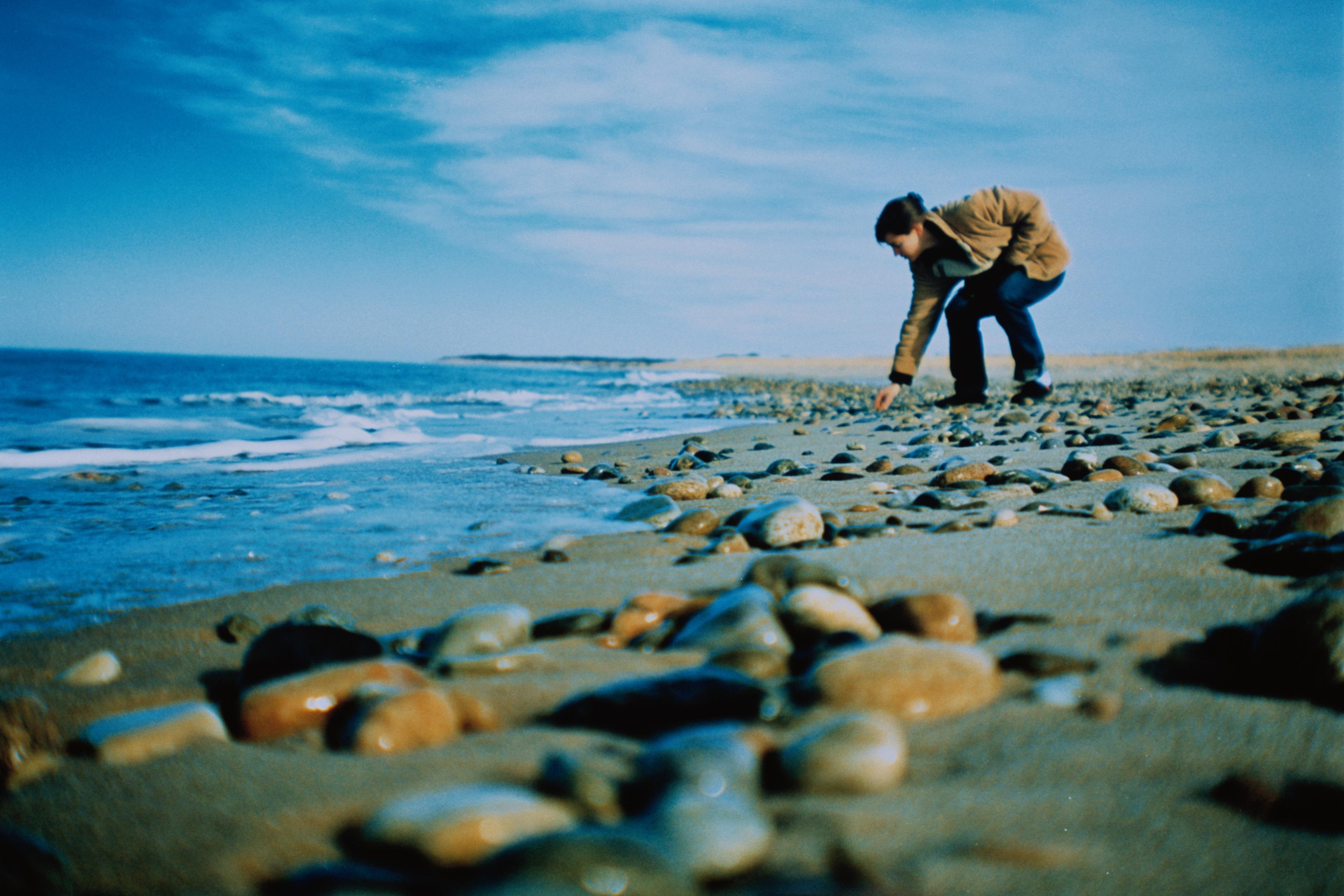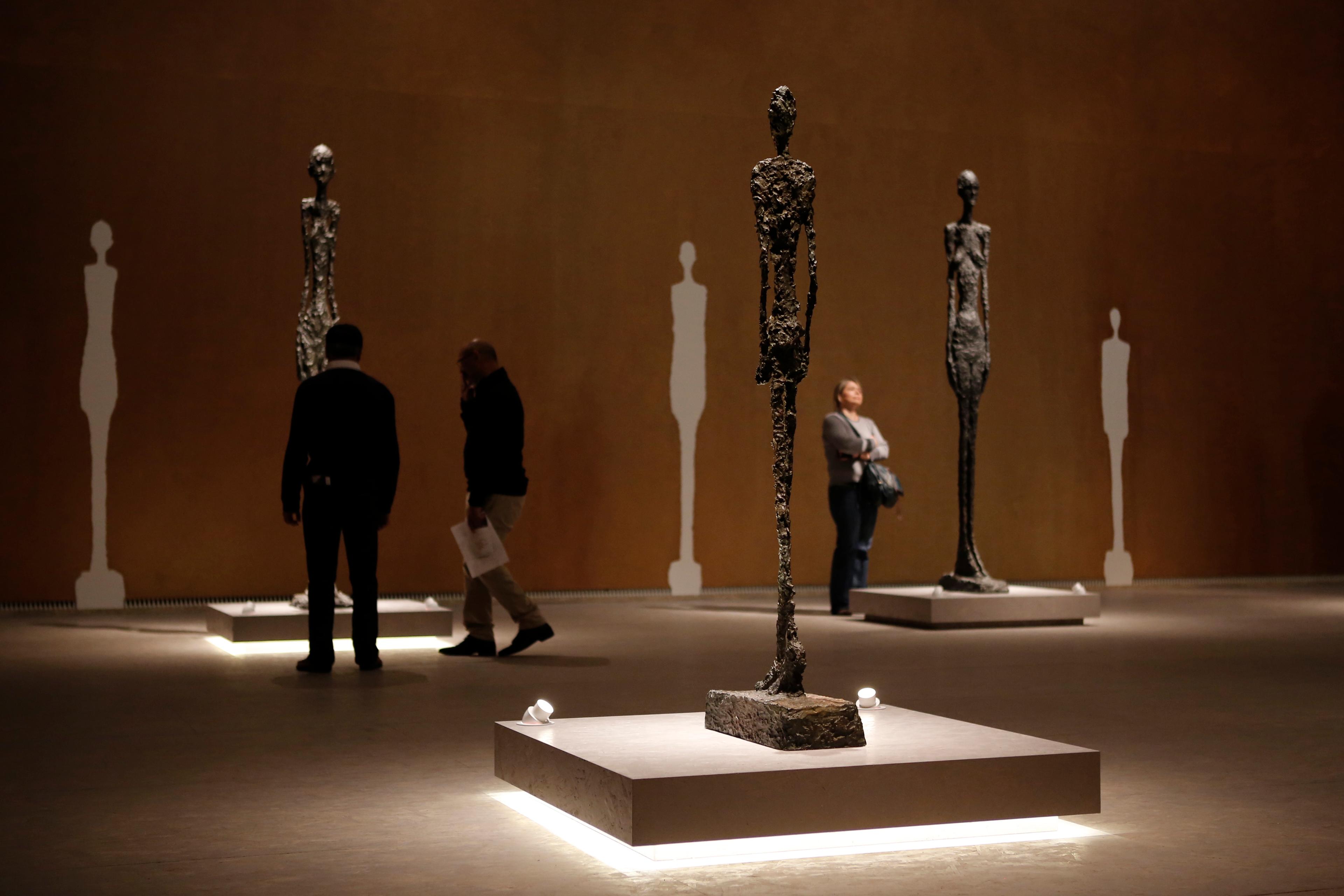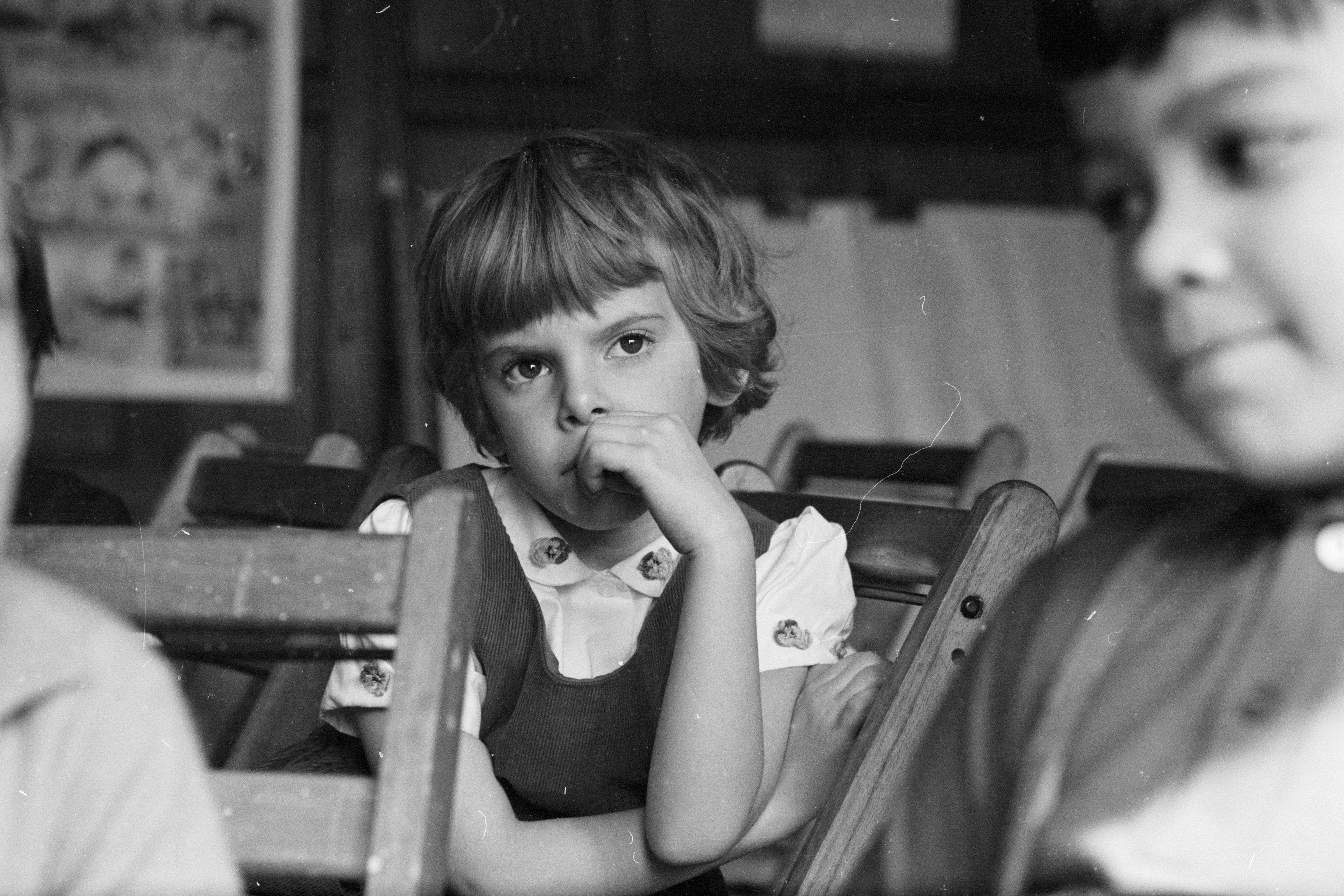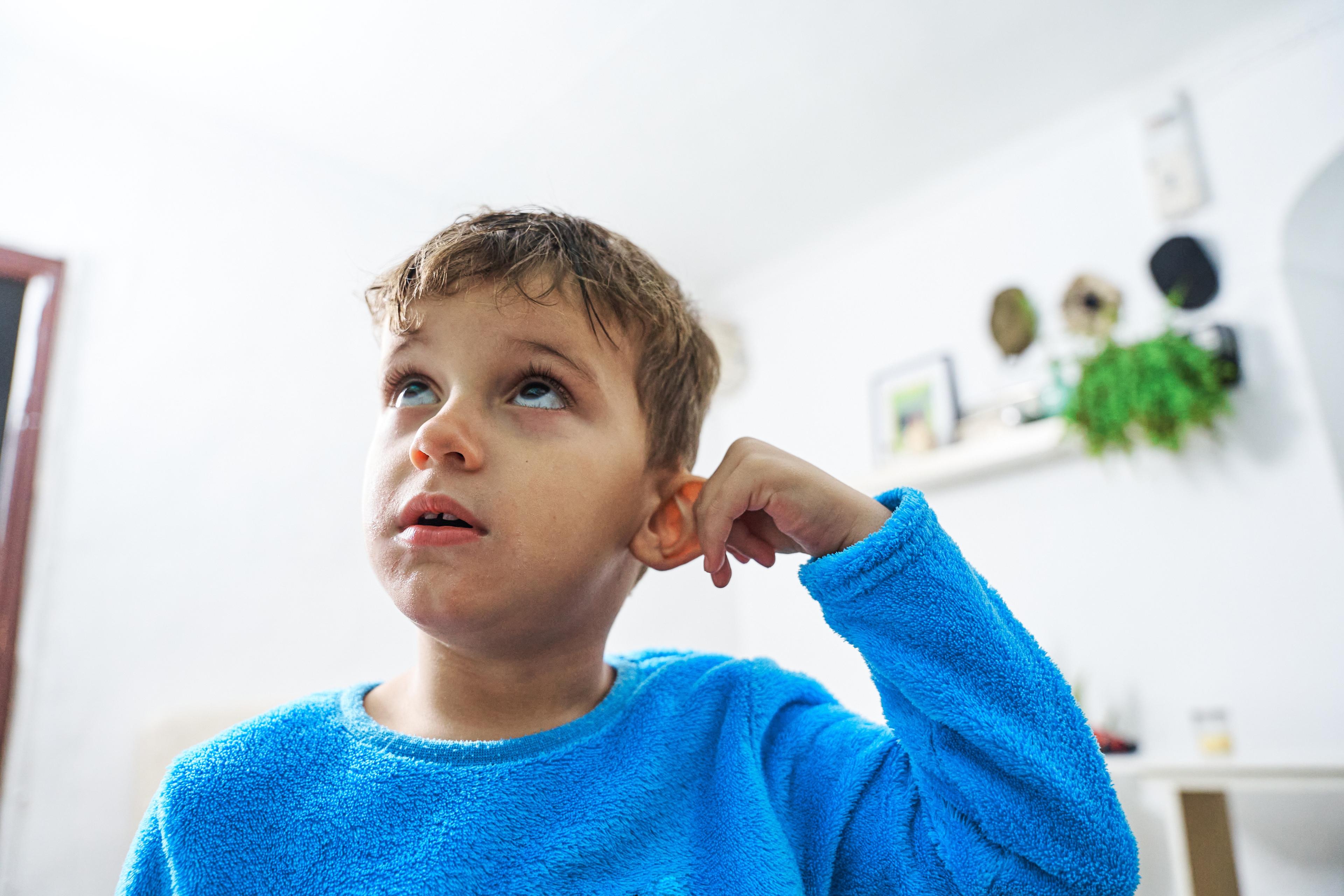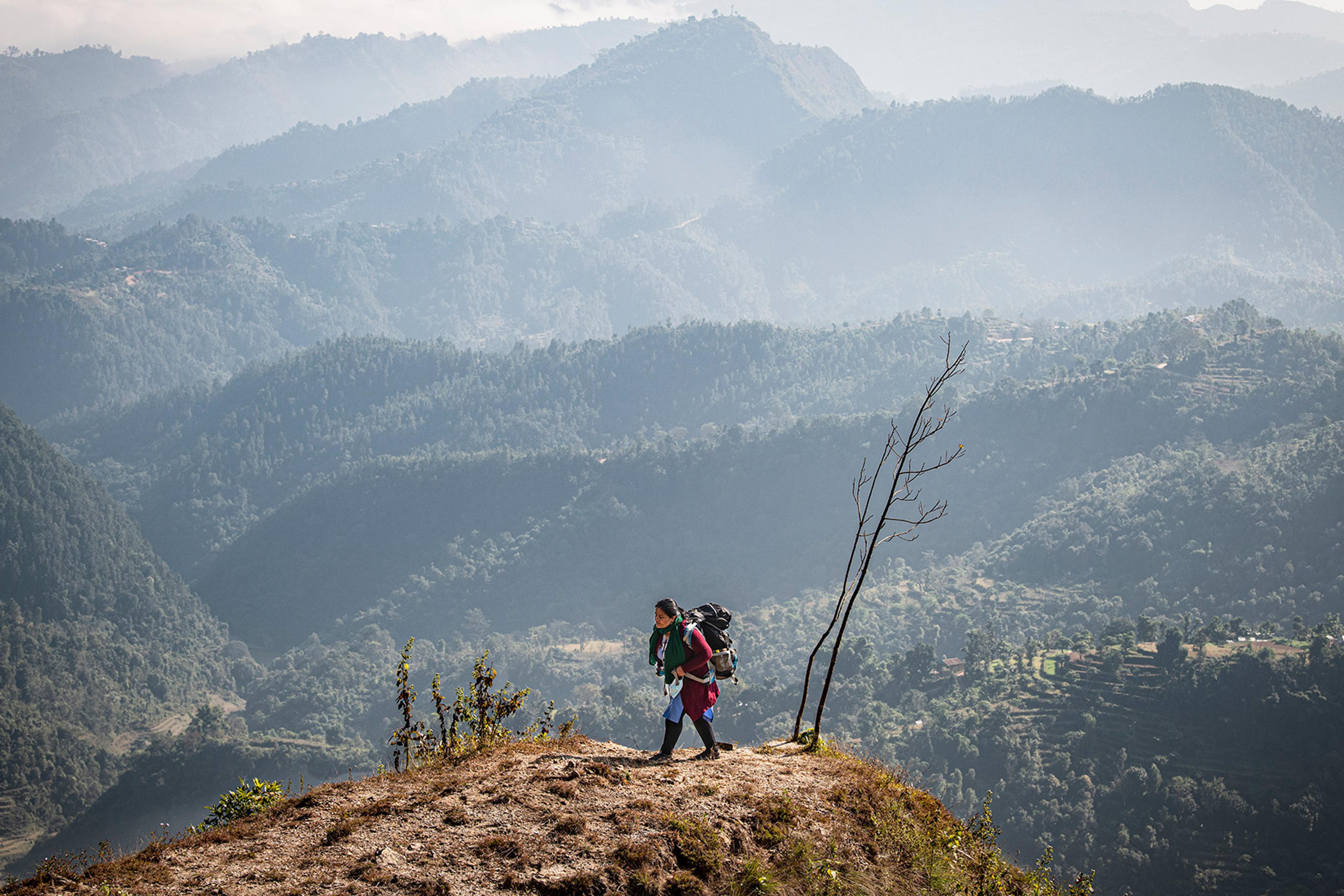When Susan Engel sat in on suburban elementary-school classrooms in the United States, looking for curiosity, she found ‘a surprising absence of it’, she wrote in 2013.
Engel, a psychologist at Williams College in Massachusetts, set out to record ‘curiosity episodes’. These included any time a child asked a question (from Where is Sudan? to When is recess?); gazed at something, such as the classroom’s fish tank; or investigated an object with their hands. In the kindergarten classes, she found only two to five episodes of curiosity over a two-hour period.
The kids weren’t sitting around doing nothing: they were learning the sounds of letters or how weather works. But they weren’t actively enquiring about what they were learning, or probing their surroundings. In one fifth-grade classroom, two hours passed without a single question.
Anyone who has spent time with children knows that, in earlier phases of life, namely around preschool age, they are often teeming with questions. Studies that have attempted to quantify just how many have given estimates like 25 questions an hour, or a question every two minutes, when children are at home. But when children enter the school system, this well of questions can begin to dry up.
‘Nearly every six-month-old is curious. There’s not much you need to do to get them to be curious,’ Engel tells me. ‘But by the time students are six or so, some of them are less curious.’ It’s not because curiosity is a finite resource; it could be because adults are not giving it the nutrients it needs to grow. Sometimes, Engel observed, when young students did ask questions, teachers would dismiss them in order to adhere to the lesson plan. A better appreciation of how curiosity works, and how to reliably provoke it, could help children – and the rest of us – maintain the thirst for knowledge.
Research on curiosity in children has explored a variety of concepts that orbit curiosity, such as novelty, complexity, surprise and uncertainty. But, generally speaking, curiosity refers to the drive to seek out information, the feeling of a need for understanding.
Historically, curiosity has been cast both as an unruly, troublesome force and as a quality that reflects the best of humanity. For Saint Augustine, the symbol of curiosity was the snake: it was ‘an animal, appetitive passion [that] keeps humans from becoming the divinely superior creatures they were destined to be,’ as the philosopher Perry Zurn at the American University in Washington, DC writes. But, ironically, Saint Augustine was a pretty curious guy. His autobiographical text, Confessions, is an attempt to figure out the meaning of life and religion; it’s curious about human nature and our purpose. In fact, some philosophers, such as Thomas Hobbes, have described curiosity as what sets apart humans from other animals.
Like hunger motivates us to eat, curiosity motivates us to learn
In psychology, curiosity can be thought of as a state – when you are curious about something in the moment – and as a trait, or a tendency to be curious, that is more consistent. The fact that humans are highly curious early in life is well known. The psychologist William James wrote in 1899 that curiosity was ‘the impulse towards better cognition’, or wanting to understand something that you currently don’t. He said curiosity pushed children towards novelty, towards that which was ‘bright, vivid, startling’.
Curiosity is present in humans as early as you can test for it. ‘Babies appear to have built-in mechanisms that guide them towards looking at stuff that is useful for learning,’ says Celeste Kidd, a psychologist at the University of California, Berkeley. ‘Specifically, babies are seeking out things that violate their expectations just a little.’ This was shown back in 1964, when the US developmental psychologist Robert Lowell Fantz found that infants would look less at a visual pattern after being exposed to it a number of times. Instead, they preferred to look at something new. Many studies have since replicated this result.
The US psychologist George Loewenstein described curiosity as a form of deprivation that ‘arises from the perception of a gap in knowledge or understanding’. This is now known as the ‘information gap theory’. His idea was that curiosity motivates us to close that gap. Like hunger motivates us to eat, curiosity motivates us to learn.
If curiosity is about understanding the unknown, perhaps it makes sense that it would slowly disappear as people grow up and learn more about the world around them. But Engel has argued that the story isn’t so simple – and that the behaviour of adults around children also influences their expressions of curiosity. In experiments where children were invited into a room with an unfamiliar object, researchers have found that the children were more likely to interact with the object if the adult experimenter made encouraging facial expressions or comments. ‘In other words, children’s curiosity can be fostered or squelched by the people they spend time with,’ Engel has written.
People learned and remembered more when they were asked questions that stimulated their curiosity
How else might adults nurture a sense of curiosity? Highlighting the ‘information gap’ that Loewenstein described is one potentially powerful way. An adult can do this by asking a question that reveals a gap in what a child knows, like: ‘Did you know that birds can have orange bellies?’ ‘That can create a curiosity peak in the moment,’ says Elizabeth Bonawitz, a professor of learning sciences at Harvard University. Or one can point out something surprising that a child doesn’t expect, like a picture of a bird of a rare colour. ‘If you see a bird that’s a colour you’ve never seen, and you’re surprised about it, your surprise leads you to learn more about the bird,’ Engel says. ‘And you’re going to remember a lot more about the bird than if someone just told you out of the blue: “I want to teach you about birds”.’
Curiosity also feeds on knowledge: once people know something about a subject, they often want to know more. This is true for children as well as adults. ‘You could encourage curiosity for a particular topic by teaching someone a little about that topic,’ Kidd says. Relatedly, research suggests that a sense of being somewhat confident (rather than completely confident or unconfident) about one’s understanding of a topic may make someone more curious about it.
Though curiosity is different from learning, the two are intimately related. In one study, researchers found that people learned and remembered more when they were asked questions that stimulated their curiosity. Of course, children can learn even in the absence of curiosity. But Bonawitz thinks of curiosity as the ‘mise en place’ for learning. Like when a cook sets up her kitchen, puts out the ingredients and the knives, curiosity is what primes the brain to attend to the world, and to remember what it encounters.
Children can learn how to be curious even as they are learning to read and do arithmetic. In elementary schools, Engel thinks, curiosity should be presented as a ‘lever’ for learning. Even if a topic doesn’t appear interesting at first, children can be shown how to become curious about it, such as by finding something that surprises them or looking for gaps in their understanding that make them want to know more. ‘It’s not just that we let kids study what interests them,’ Engel says. ‘It’s that we help them go from a kind of immature, open-ended curiosity to a skilled kind of curiosity.’
Children also have to feel that they are free to express their curiosity. Adults need to ‘create environments where children know that it’s safe to ask questions, where there are opportunities to explore, where it’s OK to be wrong and to express uncertainty,’ Bonawitz says. In one high-school classroom that Engel observed, a ninth-grader raised her hand to ask if there had ever been places in the world where no one made art. ‘The teacher stopped her mid-sentence with, “Zoe, no questions now, please; it’s time for learning”,’ Engel recounted.
Curiosity should be nurtured in the young, but it doesn’t belong only to them
In a recent study that Bonawitz co-authored, the researchers told some of the child participants to practise asking questions while learning about science topics, such as animal habitats. Other children were told to sit and listen carefully to the content of the lessons. Then, the children completed tasks that assessed their curiosity about novel topics. The children who had been trained to ask questions earlier in the study were more likely to barter stickers for more knowledge.
Engel doesn’t think that adults are wrong when they observe that curiosity appears to wane with age. ‘The question is why, and what parts of that are inevitable and adaptive?’ she says. Maintaining curiosity as we grow up could be partly about noticing it in ourselves more than many of us tend to. As we get older, we do become adjusted to everyday occurrences, objects, people. We also become more selective about what we’re curious about – but that doesn’t mean curiosity disappears. ‘Adults who know a lot about hip hop may want to learn more about hip hop,’ Kidd says. ‘This does not mean that the intensity of their drive is any less.’
Adults can try some of the same strategies to heighten curiosity both in themselves and in children: exposing gaps in knowledge, attending to surprising new information, and acquiring a little bit of knowledge to create the hunger to know more. And modelling a spirit of curiosity and enquiry could also encourage children to indulge and express it themselves. Curiosity should be nurtured in the young, but it doesn’t belong only to them. ‘I have yet to meet a completely incurious, conscious person,’ Kidd says. ‘I don’t know what that would even look like.’
This Idea was made possible through the support of a grant to Aeon+Psyche from the John Templeton Foundation. The opinions expressed in this publication are those of the author and do not necessarily reflect the views of the Foundation. Funders to Aeon+Psyche are not involved in editorial decision-making.

